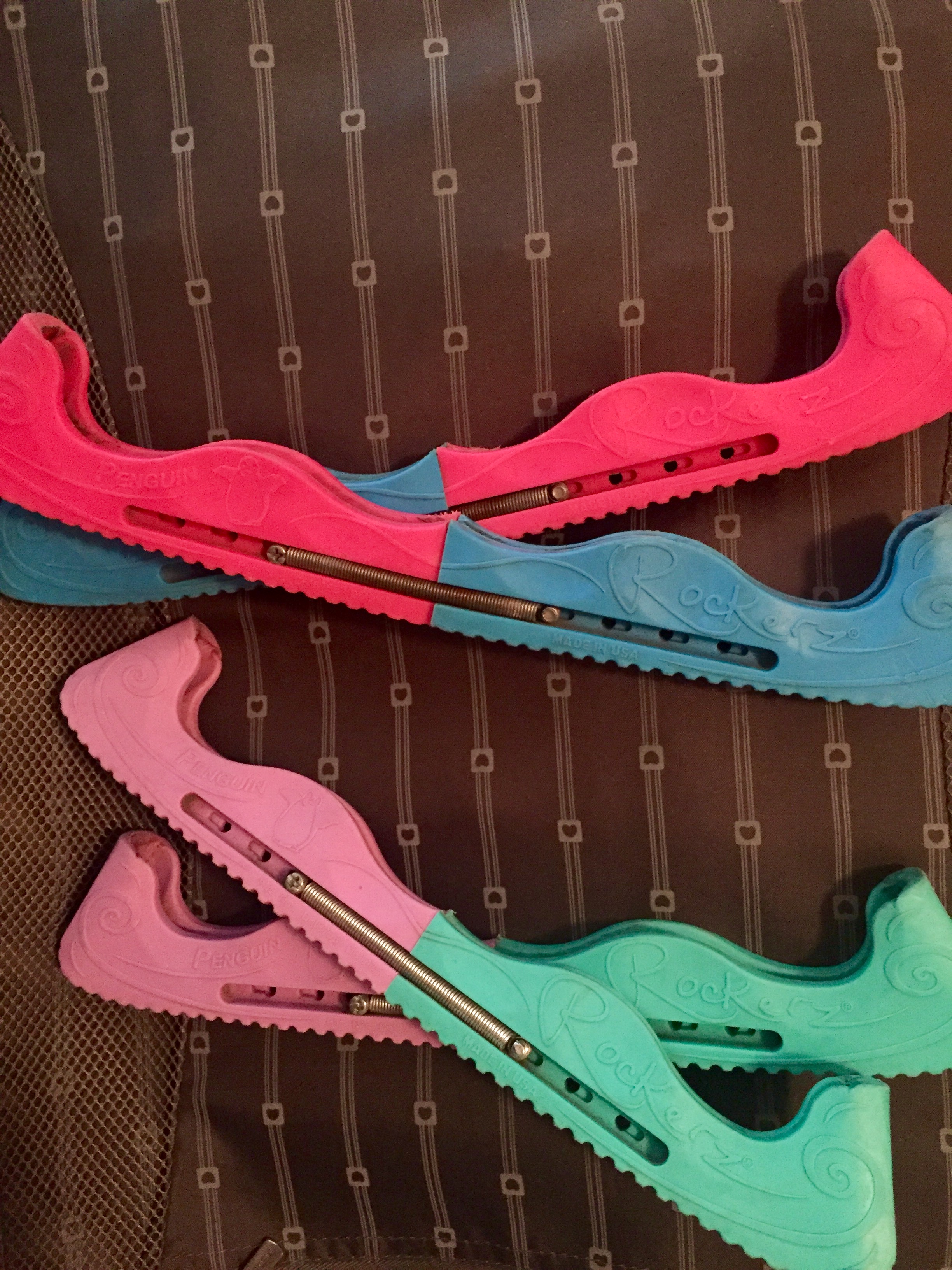Congratulations, students and parents! You have made it to the end of another Learn to Skate session, an important milestone for all ice skaters. For those of you who passed the final test and are ready to move on to the next level, well done. For those of you who are repeating a level, there is no need to worry; in fact it is better to fully master your skills instead of moving forward too quickly.
As we head into the holidays, take this time to skate more and improve your skills before the new session. They say a skater should practice at least one hour reviewing and working on the skills learned for every group lesson taken,. Skating on open sessions with friends and family will not only get you into the holiday spirit, but will also give you the opportunity to show off all that you've learned. You can also take private lessons by contacting one of the Learn to Skate coaches and coordinating a day and time.
I'm sure many of you have heard of the phrase, 'practice makes perfect' and the long held belief that if you practice for 10,000 hours then one can become an expert at a particular skill. This can apply to skating because if one is persistent in his/her practice and puts in the hours, one eventually will improve and become proficient in the skill. In skating, there's a term called 'muscle memory' which basically means that if one practices countless hours then the muscle- really the brain- begins to memorize the movement and eventually your body will be able to perform the skill without consciously having to think about it. However, I strongly feel that the key to mastering a skill is not just continuous repetition but to do it in the correct way. If one keeps practicing the wrong movement then one would have to unlearn the wrong technique and take more time to learn the correct way. Believe me, I can attest to this because I learned to do a jump and practiced many times but later found out that my technique was wrong because I wrapped my leg when I jumped and I had to take time out and start over and relearn how to jump which made me lose much valuable time. So what's important to remember is that practice does not make perfect, only 'perfect practice makes perfect' as said by legendary football coach, Vince Lombardi. One becomes an expert in a skill by how smartly he/she practices and not just mindlessly repeating the skill wrong over and over. I think this is such great advice not only in learning to master a skill in skating or in any other sport but a positive and empowering mantra in striving for excellence in life.
Practice is not just important in refining your technique but it's important for another reason. When you become good enough to compete then there are skills such as learning to be mentally tough which then becomes an important factor in performance. Speaking from experience, I still get so scared and nervous when I have to go out there on the ice and each time it feels like it's my first competition despite competing for all these years. No matter how much hard work and training you've put in, I feel that if you don't have the mental toughness then it's very difficult to skate a clean program. Your nerves and mind take over and if you don't have self confidence and can't stay focus and calm under pressure then no matter how much training you put in, you would not be able to perform to your potential. That's why it's important to practice and train hard so when you become good enough to compete, you can rely on your physical training and muscle memory and need only worry about mastering your fears.
So, my advice is to take the time to practice and work hard now while on holiday break because it will pay off in the end. Besides, what better way to spend time with family and friends than skating and showing off all that you have learned in our classes.





